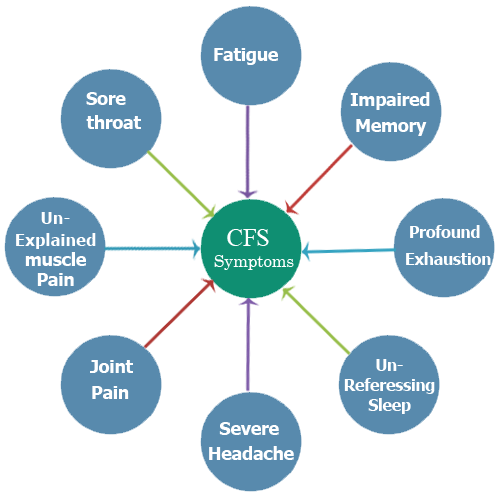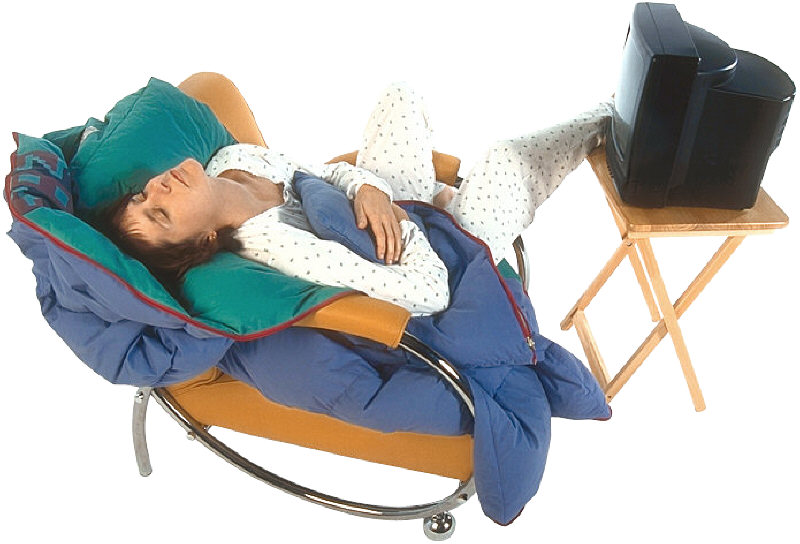Understanding Hot Flashes And It’s Treatment
Understanding Hot Flashes And It’s Treatment
 Hot flushes sometimes called hot flushes refer to a quick sensation of heat and sometimes a red, flushed face and sweating. This is a common problem, however the exact cause of hot flashes is not known, but may be related to changes in circulation that take place during menopause. Hot flashes happen when the blood vessels near the skin’s surface dilate to cool. A woman may also sweat to cool down her body. And some women have a rapid heart rate or chills. Hot flashes with sweating can also happen at night. These are called night sweats and may make it harder to sleep. Hot flushes may also be accompanied by a red neck. When affected the period that it takes to ease vary among women who are going through menopause. In some women the hot flashes may disappear after a week while in other women it will affect them for life. Hot flashes become less severe as time goes on.
Hot flushes sometimes called hot flushes refer to a quick sensation of heat and sometimes a red, flushed face and sweating. This is a common problem, however the exact cause of hot flashes is not known, but may be related to changes in circulation that take place during menopause. Hot flashes happen when the blood vessels near the skin’s surface dilate to cool. A woman may also sweat to cool down her body. And some women have a rapid heart rate or chills. Hot flashes with sweating can also happen at night. These are called night sweats and may make it harder to sleep. Hot flushes may also be accompanied by a red neck. When affected the period that it takes to ease vary among women who are going through menopause. In some women the hot flashes may disappear after a week while in other women it will affect them for life. Hot flashes become less severe as time goes on.
Symptoms of Hot Flashes in Women
Women may suffer the following symptoms when hit by hot flashes
- Rapid heartbeat
- Perspiration, mostly on your upper body
- Feeling chilled as the hot flash subsides
- An abrupt feeling of heat that keeps spreading through your upper body and face
- A flushed appearance with red, blotchy skin
The frequency of hot flashes varies; sometimes you may have many hot flushes in a day while in other times you will have few hot flashes that may subside after few minutes. Though they can affect you during the day, they are more common in the night. When a person is affected by a hot flush it may take more than a year but most hot flashes will stop on their own within five years. Though hot flashes can subside on their own it is important to seek medical help if the symptoms become too severe.
Causes of Hot Flashes in Women
The exact cause of hot flashes in women has never been known. Not every decline in hormones results in hot flashes. It is also true that some women can go through menopause without suffering from hot flashes. However here are some factors that have been thought to have a great bearing on the cause of hot flashes.
Medications and Foods
When a drug or a type of food is introduced to the body the body will react to it in a way. There are some drugs and foods that are thought to induce hot flashes. These medications may include raloxifene (Evista) and tamoxifen (Tamoxifen and Nolvadex). There are some drugs that may also produce effects that mimic hot flashes. Spices used in preparing foods like peppers can also induce feelings similar to menopause induce hot flashes.
Stress and Anxiety
Stress and anxiety are some of the emotional causes of hot flashes. In reaction to external stimuli the body may release the stress hormones epinephrine and norepinephrine, which pump up blood flow and produce a warming sensation throughout the body. External stimuli such as migraine may cause heat that spreads all over your face.
Changes in hormonal balance
A change in hormonal surroundings may cause hot flashes even if it is not related to menopause. It is believed that hypothalamus plays a bigger role in occurrence of hot flashes. This is because it is the part of brain that deals with the body temperatures therefore any conditions that affects the hypothalamus can result in abnormal rise in temperatures such as hot flashes.

Other risks associated with hot flashes include;
- Women who smoke are more likely to get hot flashes.
- A high body mass index (BMI) is associated with a higher frequency of hot flashes.
- Physical inactivity. If you don’t exercise, you may be more likely to have hot flashes during menopause.
- More African-American women report menopausal hot flashes than do women of European descent. Hot flashes are less common in women of Japanese and Chinese descent than in white European women.
- Alcohol- Alcohol may induce hot flashes in some people. Generally it is thought that using drugs of reaction may escalate the probability of hot flashes occurring.
Treatments for Hot Flashes in Women
There both orthodox as well as natural treatments for hot flashes. The natural treatment for hot flashes may include;
- Evening primrose oil is a botanical herb that is often used to treat hot flashes, although there is no scientific evidence to support this. Side effects include nausea and diarrhea. Women taking certain medications, such as blood thinners, should not take evening primrose oil.
- Although there is no scientific evidence to support using flaxseed, it is thought to decrease the symptoms of menopause, particularly hot flashes. It’s also known as linseed.
- Soy products. Plant estrogens, found in soy products, are thought to have weak estrogen-like effects that may reduce hot flashes. Soy foods, not supplements, are recommended.
- Black cohosh. Some studies suggest that black cohosh may be helpful in the very short term (6 months or less) for treating hot flashes and night sweats. Side effects include gastrointestinal upset.
Hot flashes are just some of the known symptoms that may trouble your life during menopause. Just like any other serious disease, it is necessary that you seek medical help. Contact Dr. Dalal Akoury an expert in natural therapies on (843) 213-1480 for help.
Understanding Hot Flashes And It’s Treatment







 Obesity in America: Safe Rapid weight loss, Obesity is preventable
Obesity in America: Safe Rapid weight loss, Obesity is preventable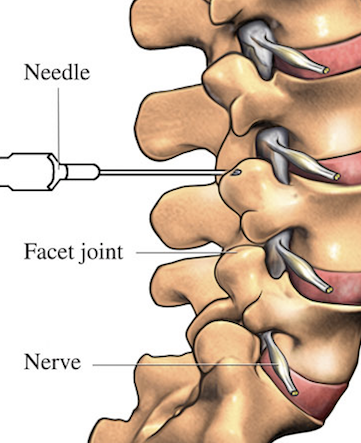








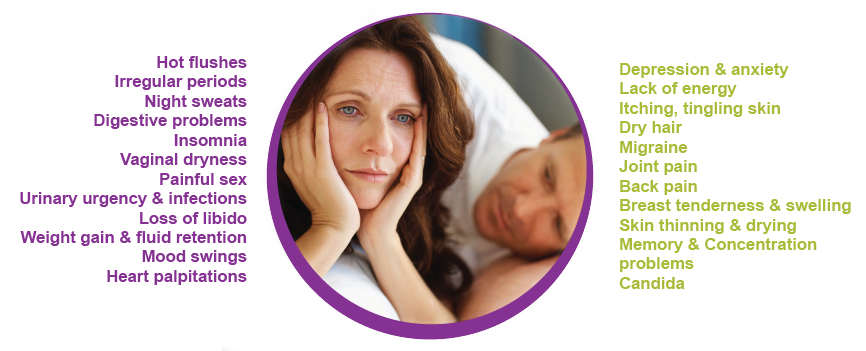








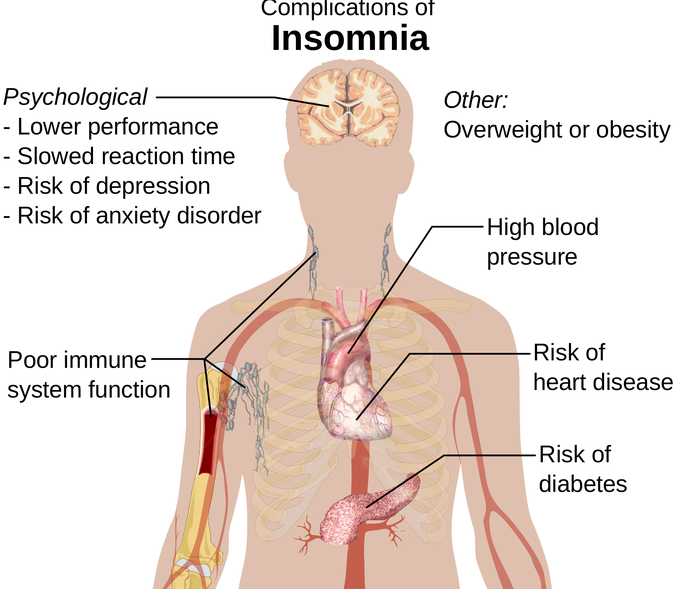
 This refers to a brief period of lack of sleep. This type of insomnia is mostly caused by life events and circumstances for example when you go to bed after receiving a stressful news or an unexcpected news that is too overwhelming. Acute insomnia will affect you for the least time and resolves without any medical intervention.
This refers to a brief period of lack of sleep. This type of insomnia is mostly caused by life events and circumstances for example when you go to bed after receiving a stressful news or an unexcpected news that is too overwhelming. Acute insomnia will affect you for the least time and resolves without any medical intervention.





